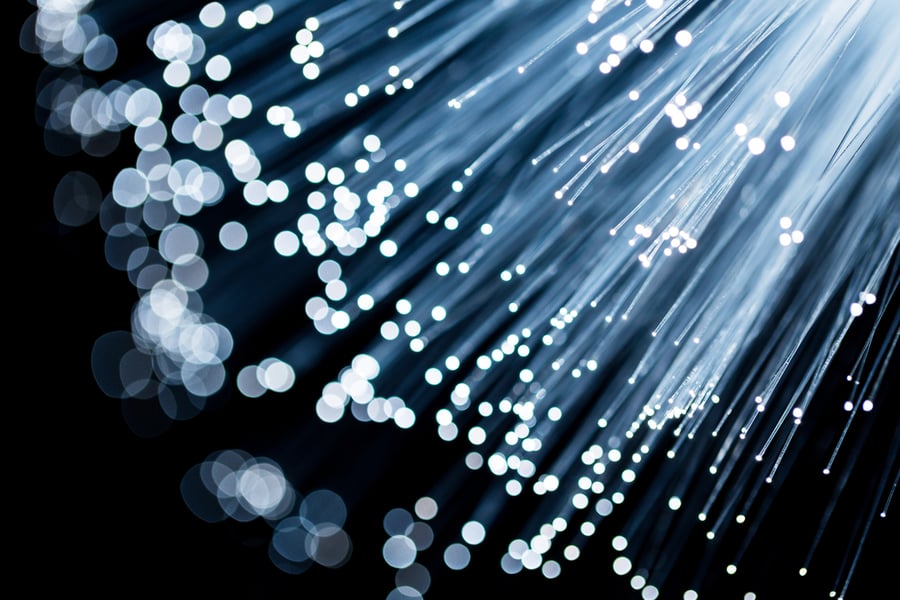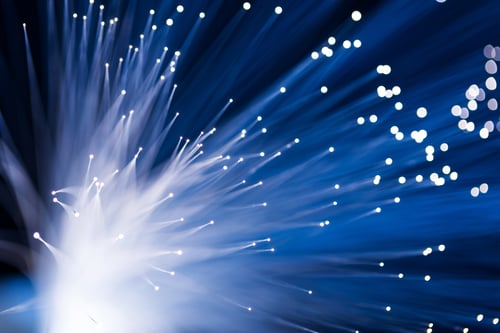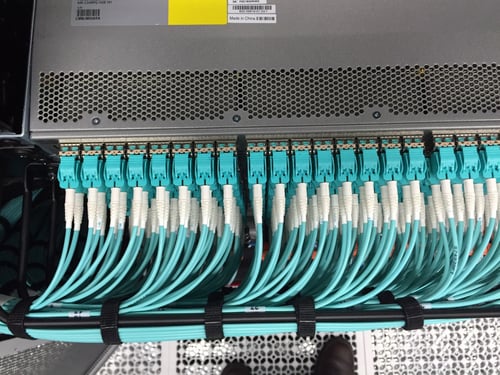
Network technicians installing and managing fiber cabling in data centers would be wise to take a page out of the “Ghostbusters” playbook: “When it comes to crossing the streams … be careful!”
While your infrastructure does not involve firing proton beams at supernatural targets, fiber cable installation does require an understanding of polarity or the path that light signals travel from point A to point B or Transmit (TX) to Receive (RX).
Of course, “Ghostbusters” would not have had a happy ending if they had not crossed their streams and the same goes for installing cabling in your data center as the fibers need to be properly crossed.
“One of the most common faults when a newly-installed fiber network does not work is the fibers are not crossed and transmitters are connected to transmitters and receivers to receivers,” says the Fiber Optic Association (FOA) Installation Guide.
Improper crossing of fiber cables during installation can lead to major headaches including degraded network performance or worse, even network downtime.
For those Peter Venkman’s out there -- the Bill Murray Ghostbusters character who was “fuzzy on the whole good/bad thing” when it came to crossing the streams -- let’s take a closer look at polarity and why it is important to understand in your data center.
Understanding Fiber Optic Cable Polarity
Polarity is a term even non-tech types are familiar with, from the negative and positive terminals of batteries we use in everyday life to the world geography of the north and south magnetic poles.
Denis Boyer in his Fiber Optic Tutorial says in both examples above “there is a sense of direction and the respect of the rules of connection.”
The same goes for fiber optic cables where polarity describes the direction that the light pulse or signal travels via the optical fiber, and there are rules to the connection.
“Since most fiber optic links use two fibers transmitting in opposite directions to create a full duplex link, you need to ensure that transmitters are connected to receivers and vice versa,” says the FOA.
In simplicity, connecting a transmitter (Tx) on one end to a receive (Rx) on the other end does not pose problems but cable management in data centers can become very complex when multi-fiber MPO type cables, connectors and patch cords are involved.
The 3 Types of MPO Trunk Cables and Connectors Polarity
Multi-fiber push-on connectors, or MPOs for short, are fiber connectors composed of multiple optical fibers. While defined as an array connector having more than 2 fibers, MPO connectors are typically available with 8, 12 or 24 fibers for common data center and LAN applications.
“Multifiber push-on (MPO) connectors—also commonly called MTP connectors, as MTP is a brand of MPO-style connector trademarked by US Conec—are increasingly popular because they provide many advantages to high-speed network operators, owners and installation companies,” says Cabling Installation and Maintenance. “They are used to connect the fastest links that deliver the most sensitive of service and data to customers, enable high-speed interconnects and create redundancy.”
There are three types of fiber polarity for MPO cables:
- Type A: The straight-through method where the fiber located at position 1 (P1) on one end arrives at P1 on the other end. P2 would connect to P2 and so on all the way to P12 to P12.
- Type B: The inverted method where the fiber located at position 1 (P1) on one end arrives at P12 on the other end. P2 would arrive at P11 and so on.
- Type C: The twisted pair method where the fiber located at position (P1) on one end arrives at P2 on the other end. P2 would then connect to P1 on the other end. The twisting would continue for each pair of fiber with P3 on one end connecting to P4 on the other and P4 then connecting to P3.
There are three types of connectivity methods for managing polarity:
- Method A: Type-A trunk cable connects a MPO module on each side of the link. In Method A, two types of patch cords are used to correct the polarity. The patch cable on the left is standard duplex A-to-B type, while on the right a duplex A-to-A type patch cable is employed.
- Method B: Type B truck cable is used to connect the two modules on each side of the link. The fiber positions of Type B cable are reversed at each end. Standard A-to-B type duplex patch cables are used on both sides.
- Method C: Pair-reversed trunk cable is used to connect the MPO modules one each side of the link. Patch cords at both ends are the standard duplex A-to-B type.
Contact Data Center Systems (DCS) today for more information on fiber assemblies, patching products and cable management in your data center.
Subscribe to News
Recent posts
LATEST NEWS
Wednesday October 18, 2023
Wednesday April 3, 2024







